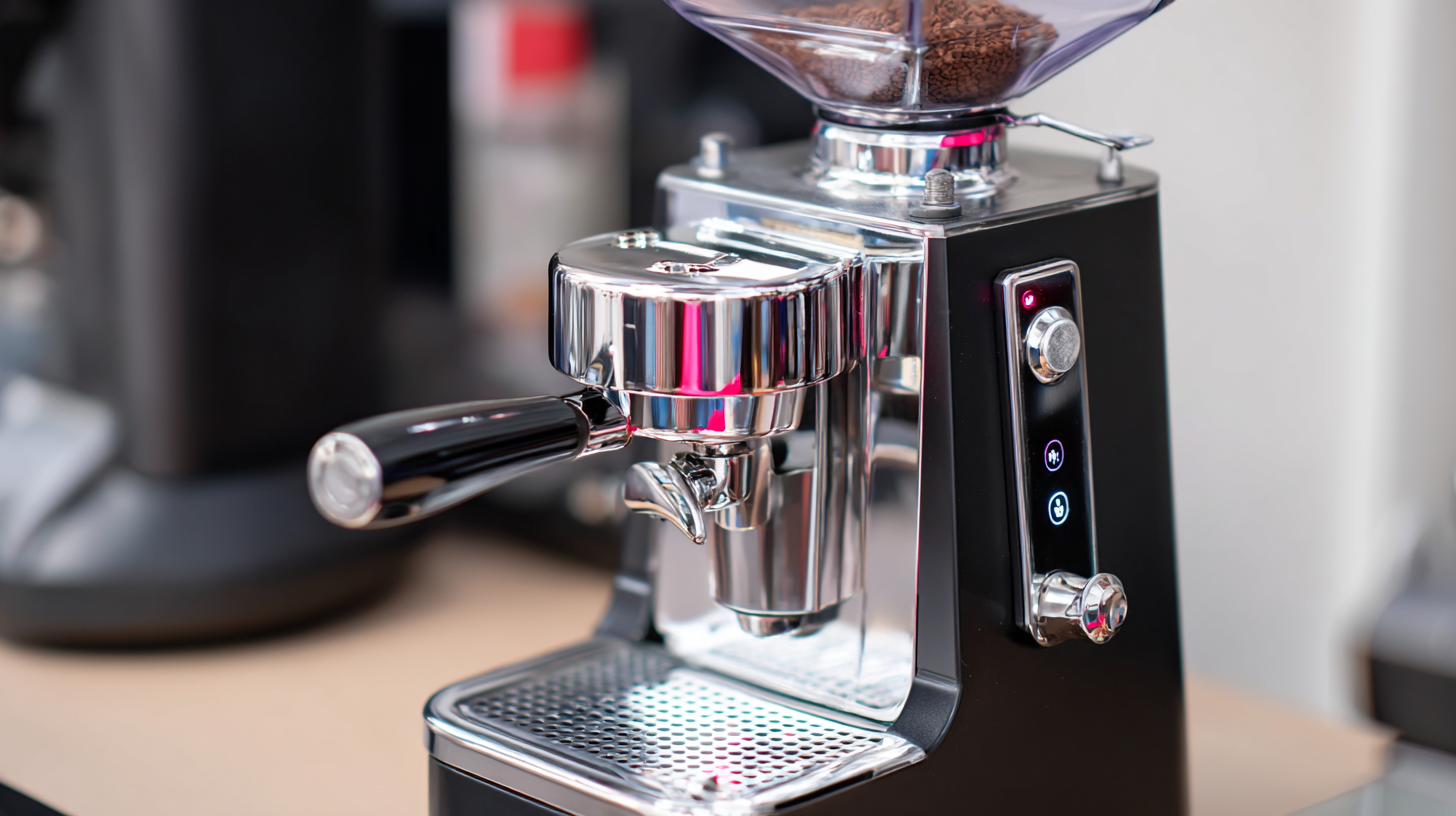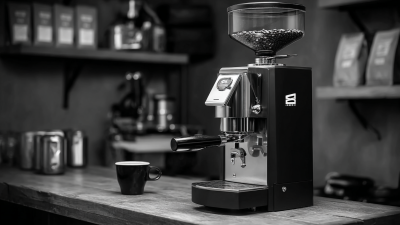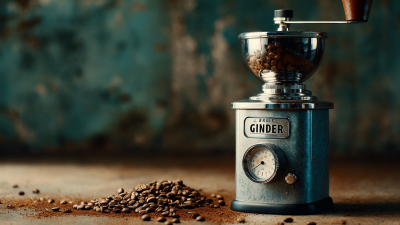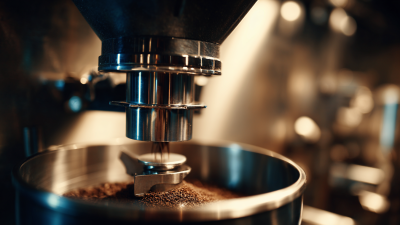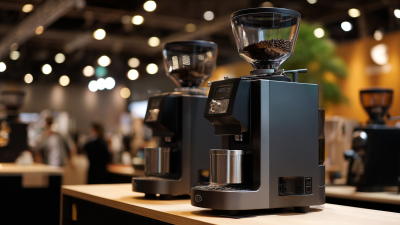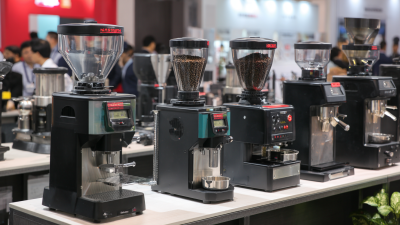Leave Your Message
-
Phone
-
E-mail
-
Whatsapp
-
Whatsapp


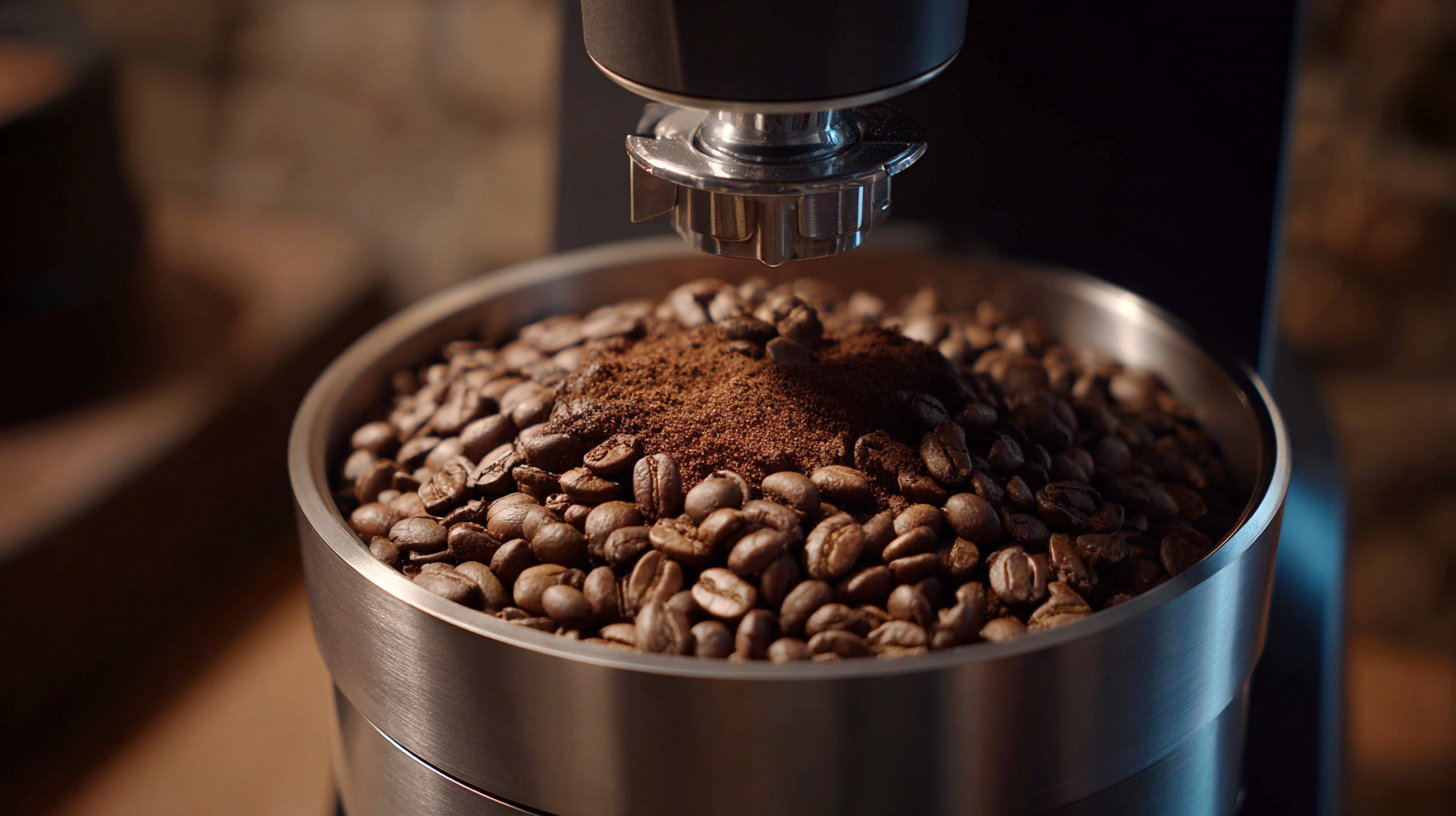 Achieving the perfect cup of espresso is an art that hinges on various factors, but none are more crucial than the settings of your Espresso Grinder. The complexity of flavor extraction lies in the precise interplay between grind size, dose, and brewing time. An optimal espresso shot requires a fine balance; too coarse, and the coffee may taste weak and sour; too fine, and it might become bitter and overpowering. In this guide, we will delve into the intricacies of Espresso Grinder settings, offering you insights and step-by-step instructions to help you master the art of grind adjustments. Whether you are a seasoned barista or a passionate home brewer, understanding how to manipulate your grinder settings can unlock a world of flavors and elevate your espresso experience to new heights. Join us as we explore the secrets to perfecting your espresso shot through the mastery of your Espresso Grinder.
Achieving the perfect cup of espresso is an art that hinges on various factors, but none are more crucial than the settings of your Espresso Grinder. The complexity of flavor extraction lies in the precise interplay between grind size, dose, and brewing time. An optimal espresso shot requires a fine balance; too coarse, and the coffee may taste weak and sour; too fine, and it might become bitter and overpowering. In this guide, we will delve into the intricacies of Espresso Grinder settings, offering you insights and step-by-step instructions to help you master the art of grind adjustments. Whether you are a seasoned barista or a passionate home brewer, understanding how to manipulate your grinder settings can unlock a world of flavors and elevate your espresso experience to new heights. Join us as we explore the secrets to perfecting your espresso shot through the mastery of your Espresso Grinder.
When it comes to achieving the perfect espresso, understanding the basics of burr grinders is crucial. Burr grinders come in two primary types: flat and conical. Flat burr grinders feature two parallel burrs that crush the coffee beans uniformly, which can enhance flavor consistency. A report from the Specialty Coffee Association highlights that uniform grind size can lead to a more balanced extraction, ultimately affecting the taste of the espresso. On the other hand, conical burr grinders, known for their ability to reduce heat buildup, may result in a more vibrant flavor profile due to less oxidation during grinding.
The choice between these two grinder types can significantly impact espresso quality. A study published in the Journal of Food Science indicates that even slight variations in grind size can alter extraction rates, with optimal extraction occurring at around 19% to 22% solubles in the cup. This underscores the importance of selecting a grinder that allows for precise adjustments. Baristas often recommend experimenting with grind settings to find the right balance that brings out the unique characteristics of various coffee beans while maintaining the desired richness and crema of the espresso shot.
| Grinder Type | Burr Material | Grind Size Range | Impact on Flavor | Recommended Settings |
|---|---|---|---|---|
| Flat Burr Grinder | Stainless Steel | Fine to Medium | Consistent grind size enhances flavor clarity. | Setting 10-15 for Espresso |
| Conical Burr Grinder | Ceramic | Fine to Coarse | Better retention of essential oils leads to richer flavor. | Setting 8-12 for Espresso |
| Blade Grinder | Metal | Very Fine to Very Coarse | Uneven grind can lead to poor extraction and flavor. | Generally not recommended for espresso. |
| Electric Burr Grinder | Steel or Ceramic | Fine to Medium | Maintains consistent grind and good flavor balance. | Setting 9-14 for Espresso |
The grind size of coffee is crucial in determining the flavor profile of espresso. A finer grind increases the surface area of the coffee beans, allowing for more efficient extraction of flavors during the brewing process. However, this fine grind must be balanced; if the coffee is too fine, it can lead to over-extraction, resulting in bitter and unpleasant flavors. Conversely, a coarser grind might under-extract the coffee, leaving a weak and watery shot. Achieving that perfect grind size means continually experimenting to find the sweet spot that allows the rich, complex flavors of the coffee to shine.
Finding the ideal grind size involves understanding the specific beans you are using and how they respond to different settings. Factors such as roast level, freshness, and even humidity can affect the grind's efficacy. Baristas often utilize a methodical approach, starting from an established baseline and making adjustments based on taste, time of extraction, and pressure. Over time, as the barista becomes more attuned to the nuances of their grinder and the beans, honing in on that perfect setting becomes an art form, ultimately leading to the optimal flavor extraction that makes a truly exceptional espresso.
This chart illustrates the optimal grind size for espresso and its effect on flavor extraction. The grind size is measured in microns, and the flavor extraction quality is rated on a scale of 1 to 10, with 10 being the best flavor profile.
The consistency of grind size is crucial for optimal flavor extraction in espresso brewing. When coffee beans are ground unevenly, some particles may be over-extracted and others under-extracted, leading to a muddled taste profile. A precise and uniform grind ensures that each particle extracts the same amount of oils, acids, and sugars, resulting in a balanced cup of espresso. To achieve this, investing in a high-quality grinder is essential, as it allows for adjustments that cater to specific brewing methods and preferences.
Maintaining even grind also depends on regular calibration and tuning of your grinder settings. Many espresso enthusiasts find it beneficial to keep a consistent routine when grinding, whether it's using the same amount of coffee or grinding for a specific duration. Additionally, environmental factors such as humidity can affect grind consistency, so monitoring these conditions and adjusting settings accordingly can enhance your espresso-making experience. By prioritizing grind uniformity, you unlock the full potential of your coffee, allowing the rich flavors and aromas to shine through in each cup.
Achieving optimal flavor extraction in espresso begins with precise grinder settings. Industry experts suggest that grind size can dramatically influence the taste profile of your shot. According to a report by the Specialty Coffee Association, a grind size range of 200 to 400 microns is ideal for espresso, ensuring the right balance between extraction time and flavor richness. Testing different settings within this range allows baristas to fine-tune their grinds based on the unique characteristics of their beans and brewing method.

Fine-tuning your grinder settings involves a combination of trial and error and systematic adjustments. By performing a series of shots, you can observe the extraction time and taste differences. The ideal extraction time for espresso is typically between 25 to 30 seconds, as noted in research published by Coffee Research Institute. If your shots pull too quickly or slowly, adjusting the grind size by as little as 0.1mm can lead to significant improvements in flavor. Additionally, keeping notes on each experiment can help you refine your process and achieve consistency in your brews.
When it comes to grinding coffee beans for espresso, one critical factor often overlooked is the age of the beans. Freshness dramatically impacts the grinding performance and the resulting flavors in your cup. Coffee professionals typically recommend buying beans within 7 to 14 days after they've been roasted. This timeline ensures that the beans have had enough time to degas and achieve optimal flavor extraction without losing their essential oils and aroma.
Older beans, especially those past the recommended window, can negatively affect the espresso-making process. Stale coffee lacks the vibrant flavors and nuanced notes that fresh beans offer, leading to dull and underwhelming shots. Therefore, paying close attention to the roast date when purchasing beans is vital for maintaining the high standard of flavor you seek in your espresso. Mastering the balance between grind settings and bean freshness can ultimately unlock a world of rich and satisfying coffee experiences.
